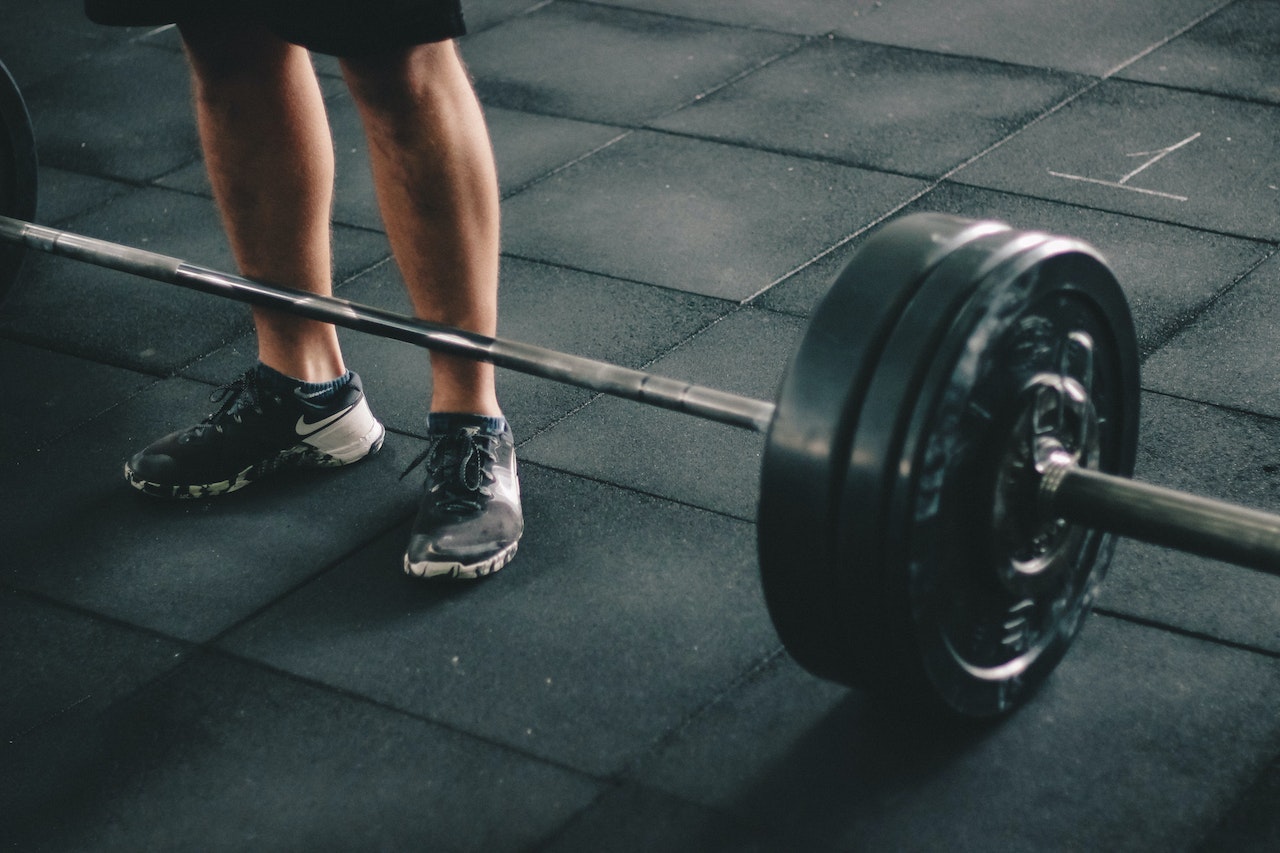
As part of the evidence-based coach, Progressive overload is a principle that involves gradually increasing the demands placed on the muscle tissue during exercise over time.
The principle is based on the fact that muscle tissue adapts and grows stronger in response to stress. By continually challenging the muscle tissue with increasing levels of stress, you can promote muscle growth and development.
To understand how progressive overload works in building muscle, it’s important to understand the basic science of muscle growth.
When you exercise, you create tiny micro-tears in the muscle fibers. These tears cause inflammation and swelling, which can lead to soreness and stiffness in the days following your workout.
However, over time, the muscle fibers repair themselves, becoming stronger and more resilient than before.
Progressive overload is essential for muscle growth. That’s because the muscle tissue needs to be challenged in order to continue to adapt and grow. If you continue to perform the same exercises with the same amount of resistance, your muscles will eventually plateau and stop growing.
There are several ways to implement progressive overload in your workout routine.
One of the most common methods is to increase the amount of weight you lift. As you get stronger, you can gradually increase the weight you lift for each exercise. This places more stress on the muscle fibers, forcing them to adapt and grow.
Another way to implement progressive overload is to increase the number of reps you perform for each exercise. This increases the overall volume of work your muscles are doing, which can lead to increased muscle growth. For example, if you typically perform three sets of 10 reps for a particular exercise, you could gradually increase the number of reps to 12 or 15 over time.
Decreasing rest time between sets can also help to promote progressive overload. Shortening the rest periods between sets can increase the intensity of your workout and place greater stress on your muscles. This forces them to adapt and grow.
In addition to these methods, changing exercises or incorporating new variations of existing exercises can also provide a new stimulus for your muscles, helping to promote continued growth.
It’s important to note that progressive overload should be implemented in a gradual and controlled manner to avoid injury and overtraining. It’s also important to ensure that you are giving your muscles adequate time to rest and recover between workouts.
In conclusion, progressive overload is a fundamental principle in building muscle. By gradually increasing the demands placed on your muscle tissue over time, you can promote muscle growth and development.
Whether you choose to increase weight, reps, or intensity, implementing progressive overload into your workout routine can help you achieve your fitness goals and continue to see gains in muscle size and strength.



